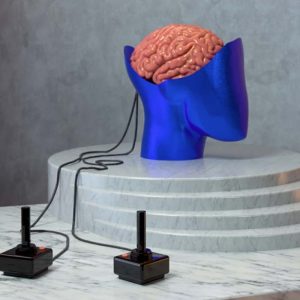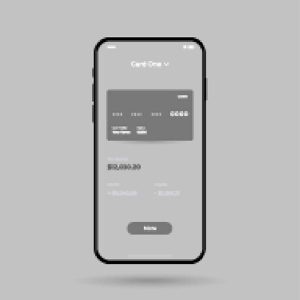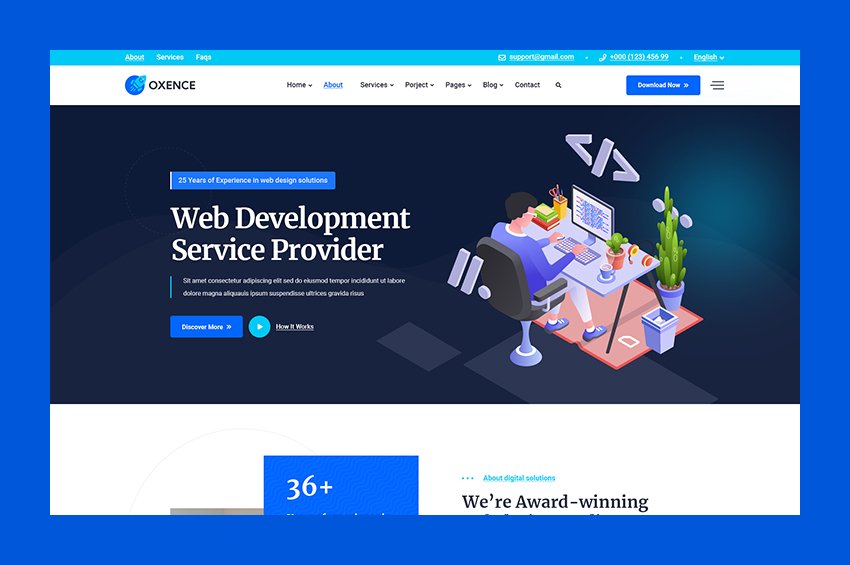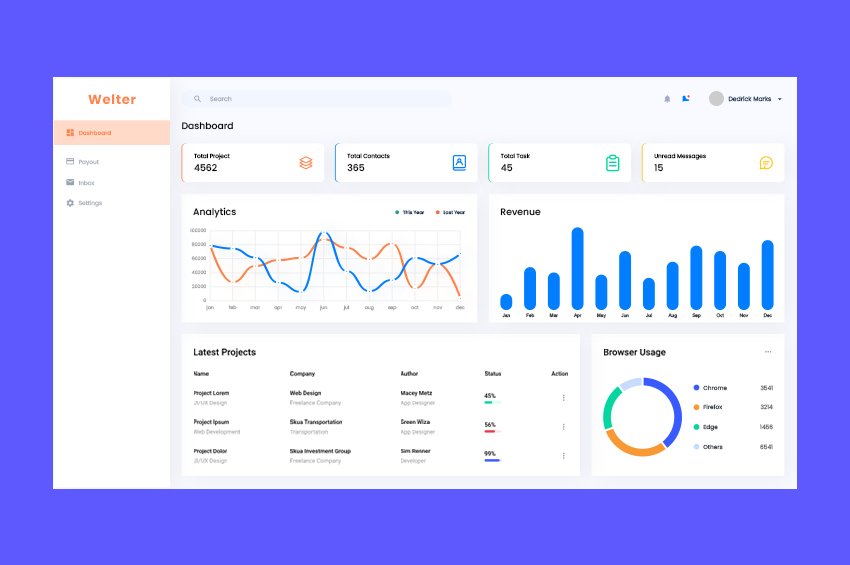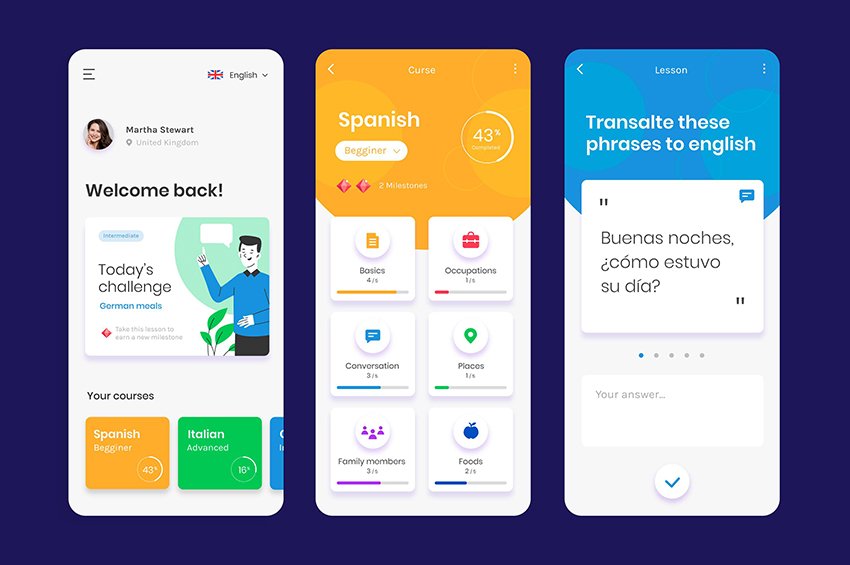No products in the cart.
3D Illustrations
Project Information
Project Details
Conducting a review of a 3D illustrations project involves evaluating various aspects such as design quality, functionality, and alignment with project goals. Here’s a structured approach for reviewing your 3D illustrations project:
3D Illustrations Project Review
1. Objective Assessment
- Project Goals: What were the primary objectives of the 3D illustrations? (e.g., product visualization, marketing materials, educational content)
- Target Audience: Are the illustrations tailored to the preferences and needs of your target audience?
2. Design Quality
- Aesthetic Appeal: Are the illustrations visually appealing? Do they use color, texture, and lighting effectively?
- Detailing: Is the level of detail appropriate for the intended use? Are there any areas that seem overly simplified or overly complex?
- Consistency: Are the illustrations consistent in style, color palette, and design elements across the project?
3. Technical Execution
- Modeling Quality: Are the models well-constructed? Are there any visible artifacts or issues with geometry?
- Texturing and Materials: Are the textures applied correctly? Do they enhance the realism of the models?
- Lighting: Is the lighting used effectively to highlight features and create depth? Does it match the intended mood or setting?
4. Functionality and Usability
- Interactivity: If applicable, are the 3D illustrations interactive? Do they allow users to engage with them in meaningful ways?
- Compatibility: Are the illustrations compatible with the intended platforms (web, mobile, AR/VR)?
- Performance: Do the illustrations load quickly and perform well without lag or issues?
5. Storytelling and Communication
- Narrative: Do the illustrations tell a story or convey a message effectively? Are they aligned with the overall project narrative?
- Clarity: Are the illustrations clear in their representation? Do they serve their intended purpose (e.g., explaining a concept, showcasing a product)?
6. Feedback and Collaboration
- Stakeholder Input: Were stakeholders involved in the review process? Did their feedback influence the final product?
- Iterative Design: Was there an iterative design process in place? Were revisions made based on feedback?
7. Market Research and Trends
- Industry Standards: Do the illustrations meet current industry standards and trends in 3D design?
- Competitive Analysis: How do the illustrations compare to similar projects in the market?
8. Future Improvements
- Areas for Refinement: Identify specific areas where improvements could be made (e.g., enhancing realism, improving interactivity).
- Expansion Opportunities: Are there opportunities to expand the project (e.g., creating additional illustrations, integrating animations)?
Recommendations
- User Testing: Conduct user testing to gather feedback on how well the illustrations communicate their intended message.
- Regular Updates: Plan for regular updates to the illustrations to keep them fresh and relevant.
- Explore New Technologies: Consider exploring new tools or technologies that could enhance the quality or interactivity of your 3D illustrations.
Conclusion
A successful 3D illustrations project should effectively communicate its intended message, engage the audience, and achieve its goals. By assessing these components, you can identify strengths and areas for improvement, ensuring the illustrations serve their intended purpose effectively.
If you have specific elements of the project you’d like to discuss further or need assistance with, feel free to ask!





